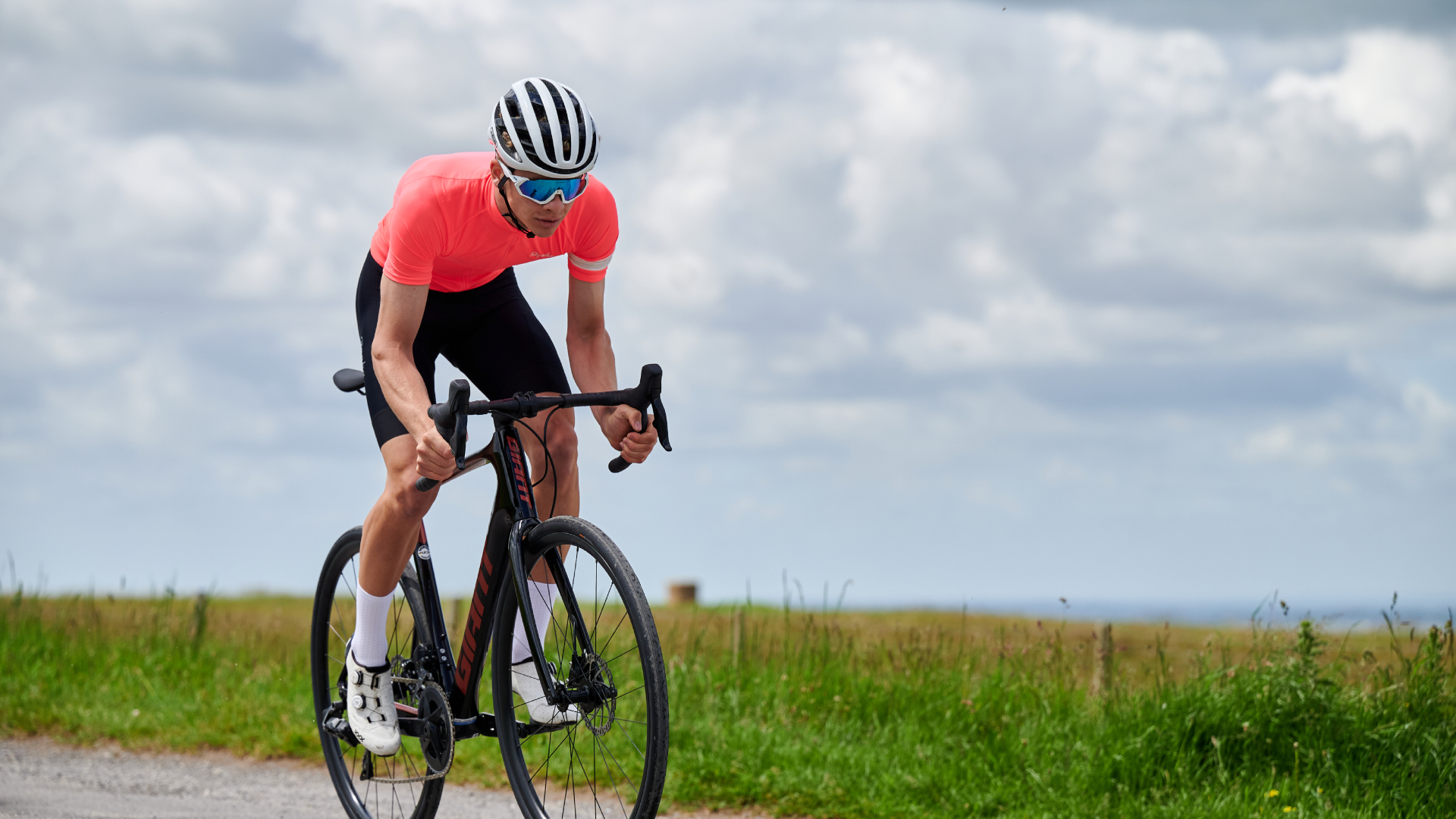
If you had looked at the new road bike rules laid down by Cycling Time Trials (CTT) in the UK and wondered how you would manage not to break them, you would not have been alone.
A stipulation that no part of the wrists and forearms should touch the bars had riders worried that, even with the best of intentions, in a low tuck on the bars or hoods, this was a rule that would be hard not to comply with.
The rules were changed at the end of January following the body's annual National Council meeting, and some felt the initial draft might throw up issues.
Concerned would-be road bike time triallists can now breathe easy, though, as the CTT has added an extra clause to clarify the rules. It says:
"Nb: Holding the brake hoods or drops may result in additional points of contact between the wrists / forearms and the rider's handlebars. Such contact is permitted."
The rule being clarified here states that the only points of support should be: "the seat on the saddle and the hands holding the handlebar, tops, drops or brake hoods."
The intention had never been to rule out incidental 'secondary' contact between wrists / forearms and the bars, says Dr Bryce Dyer, who is on the CTT's Rules Advisory Group's sub-committee on equipment. Rather, it was using these areas for support – coupled with an ultra-wide handlebar top curve, for example – that was not allowed.
The original idea, Dyer says, was that the rules mimic closely those of the UCI and British Cycling and should pose no real problems.
"But the issue that came to mind that we were concerned about," he says, "was that there was the chance that if you had a disgruntled competitor and they took that rule verbatim, line for line, they could quite rightly put a protest in and say, 'Hang on a sec, I've got photos here with half the field touching their forearms or wrists or whatever, all over the place.'
While the issue was discussed at the National Council, it wasn't put forward as an official regulation. But this still allowed CTT to add it afterwards as a clarification, rather than a rule in its own right.
Road bike time trialling has largely been a great success for time trialling in the UK, but a complaint at last year's National Road Bike Time Trial Championship about the machine and the position of eventual victor George Fox took nearly two months to resolve and exposed the pitfalls of having an accessible road bike class that welcomes novices and elites alike on an ostensibly level playing field. Hence some of the loopholes – including the one that allowed forearm support – have been tightened up for this year.
Dyer, like his CTT colleagues and no doubt the racers themselves, are hoping for a smoother journey through this season for this niche of the sport.
"The rules need to strike a really delicate balance between regulating something so it doesn't get out of hand, but also over regulating so it actually dissuades or deters people," Dyer said. "Road bike time trials are a massive area of growth for the CTT, which it obviously wants to nurture. And at the moment, we feel this is where it should probably be. But you won't obviously know till the season gets underway."
This year's RTTC National Road Bike Championship will be held on the tough Circuit of Ingleborough course in North Yorkshire on Sunday April 13. A 27-mile parcours comprising a full 613m ascent, riders will be thinking beyond being super-aero, with weight being a key factor too.







